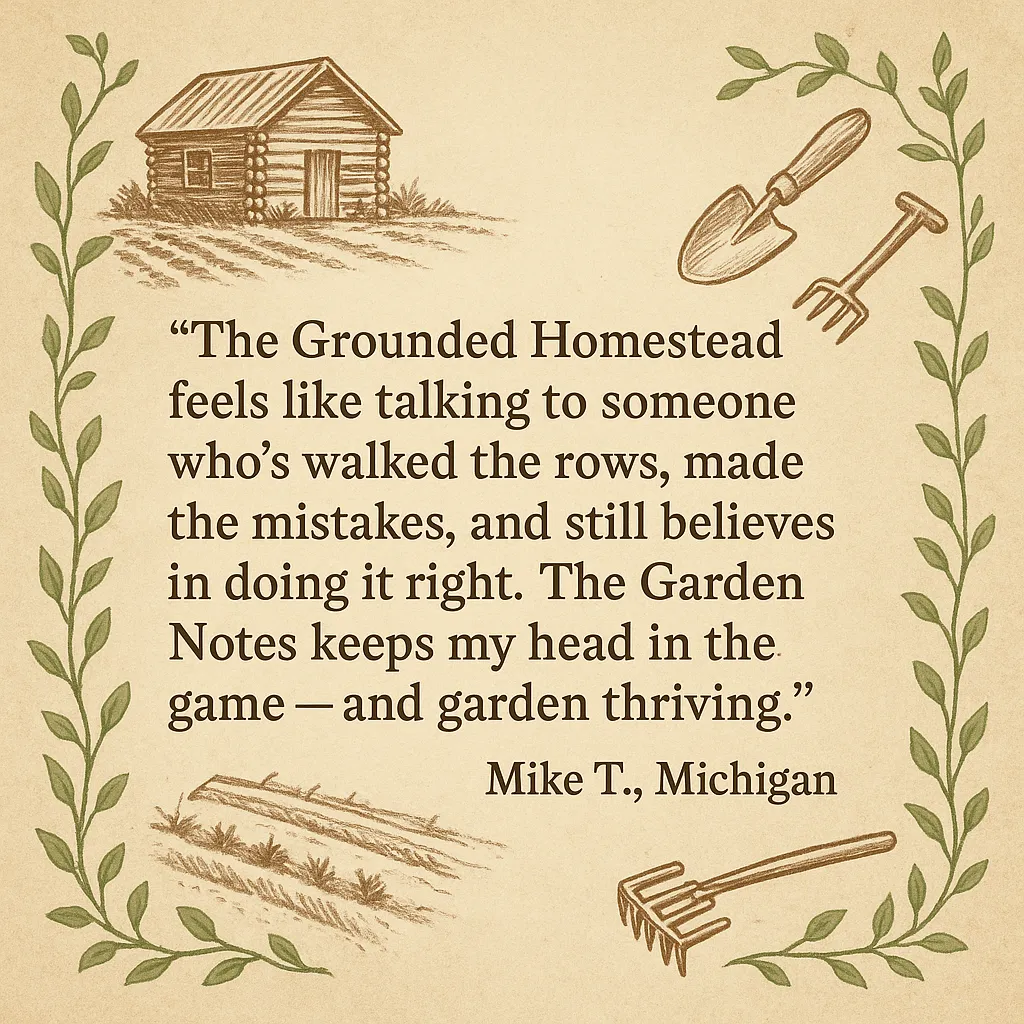
Raspberry Troubleshooting Guide: Yellow Leaves, No Fruit, and Cane Dieback
There was a summer when I nearly ripped my raspberry patch out. The leaves yellowed like sick chickens, the fruit never came, and half the canes looked like they'd been struck by lightning—brown and brittle, mid-season. I blamed the weather, then the plants, then myself.
Turns out, raspberries don’t just fail. They signal. And if you know how to listen, you can fix the issue before it ruins your season.
Let’s walk through the most common mid-season problems — yellowing leaves, no fruit, and cane dieback — and more importantly, how to fix them.
Yellow Leaves: Your Raspberry Plant Is Talking
Yellowing leaves aren’t just an eyesore — they’re a warning. Here's what to check first.
1. Nutrient Deficiencies
Nitrogen deficiency shows up as uniform pale yellow across older leaves.
Iron deficiency shows as yellowing between the veins on new leaves (interveinal chlorosis).
A balanced organic fertilizer or compost tea can correct most imbalances — but only if the plant can access them.
2. Soil pH Problems
Raspberries thrive in slightly acidic soil (pH 5.5 to 6.5). If your soil is too alkaline, nutrients get locked out, even if they’re present.
Fix it:
Do a soil test (you can get a cheap kit online).
If pH is too high, amend with sulfur. If too low, use garden lime.
Recheck in 2–3 weeks — pH shifts take time.
3. Overwatering or Poor Drainage
Too much water suffocates roots and causes yellowing, especially in heavy clay or compacted soil.
Signs:
Leaves drooping or curling
Foul smell near soil line
Soggy ground even after 24–48 hours of no rain
Solution:
Let the top 1–2 inches of soil dry out before watering
Consider mounding or raised beds in Zones 6–9 where humidity builds up
No Fruit: Why Your Canes Are Leafy but Empty
If your raspberry canes look lush but there’s not a berry in sight, you’re not alone. Here’s why that happens.
1. Improper Pruning
Summer-bearing raspberries only fruit on second-year canes (floricanes). If you cut them all down in winter, you’ve wiped out your next crop.
Everbearing varieties can fruit on first-year canes — but only if pruned properly in late fall or early spring.
2. Lack of Sunlight
Raspberries need 6–8 hours of full sun. Shaded patches—whether from trees, tall plants, or overcrowding—won’t set fruit.
Pro tip: Thin out extra suckers so each cane has breathing room and sun on all sides.
3. Pollination Problems
No pollinators? Add bee-friendly plants like borage, yarrow, or alyssum nearby.
Too much rain during bloom? Flowers may not pollinate well — hand-pollinate with a small paintbrush if needed.
4. Too Much Nitrogen
High nitrogen fertilizers (especially lawn fertilizers) promote leaf growth over fruit. Back off and balance with phosphorus and potassium.
5. Patience for Young Plants
Newly planted summer-bearing raspberries usually don’t fruit their first year. That’s normal — they’re establishing roots. Let them.
Cane Dieback: When Growth Suddenly Collapses
When raspberry canes go brown and brittle in mid-season, it can be heartbreaking. Here’s how to diagnose the cause.
1. Winter Injury (Zones 3–6)
Canes that survived winter but weren’t hardened off properly will die back from the tip down come spring.
Check: Snap a section. If it’s brown and dry inside, it’s toast.
Solution: Mulch around the base in late fall and avoid late-summer fertilizing that causes soft new growth before frost.
2. Fungal Disease
Cane blight appears as dark, sunken lesions on stems.
Root rot (Phytophthora) causes sudden wilting and blackened cane bases.
Combat it with:
Pruning infected canes below the damage line
Sanitizing your tools with vinegar or alcohol
Improving airflow with proper spacing
3. Pests
Raspberry cane borers cause wilting at the tip — often a double row of tiny holes on the stem.
Cut affected canes a few inches below the damage.
Should You Treat the Cane… or Pull It?
Knowing what to save (and what to compost) makes all the difference.
Pull the cane if:
No green tissue when sliced
Base is mushy or blackened
Repeated dieback from same cane every year
Hollow or chewed through inside
Treat the cane if:
Tip damage only, base still strong
Green tissue in the core
Damage appeared recently
Always sanitize pruners between cuts. Don’t compost infected material — burn it or bag it.
Preventing Problems Before They Start
Want fewer surprises next year? These five practices will drastically reduce mid-season problems:
Test your soil annually — don’t guess what’s missing
Mulch well with compost and straw to regulate moisture and suppress pathogens
Thin suckers in spring to ensure airflow
Rotate raspberry beds every 5–7 years to prevent soil-borne disease buildup
Prune properly and on time — especially between summer and fall-bearing varieties
Zone-Specific Advice
Zones 3–6:
Watch for winter injury. Mulch well in fall. Choose hardier varieties.
Zones 7–9:
Monitor drainage closely — fungal disease loves warmth and water. Space your rows wider for airflow.
✅ Weekly Raspberry Health Walkthrough
(Download the printable PDF checklist)
✅ Check cane tips for wilting or black spots
✅ Look under leaves for yellowing or insect clusters
✅ Scratch the cane — is the inside green?
✅ Stick a finger in the soil: moist but not soggy?
✅ Make sure no canes are overcrowding or shading others
✅ Prune or pull any visibly dead or infected growth
🪻 Grandma’s Tip: “Sick plants speak. Listen early.”
You don’t have to be a plant whisperer. You just have to pay attention. A weekly walkthrough and a sharp pair of pruners go a long way.


Facebook
Instagram
X
Youtube